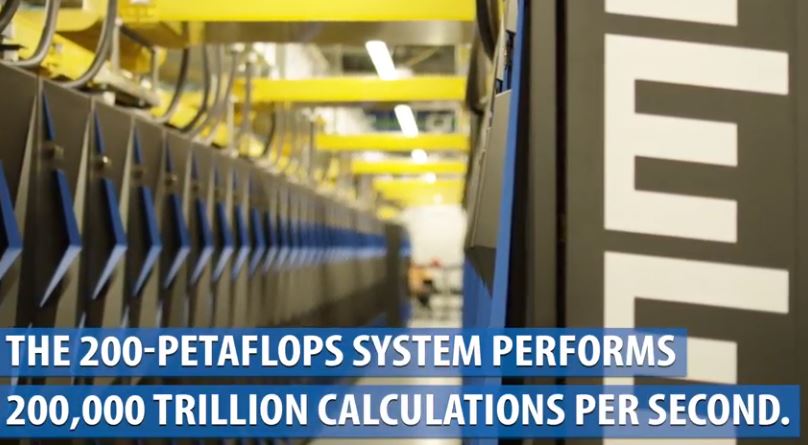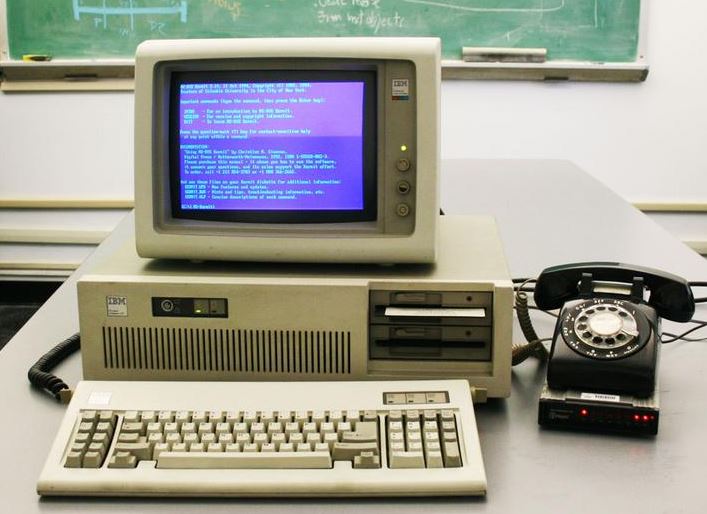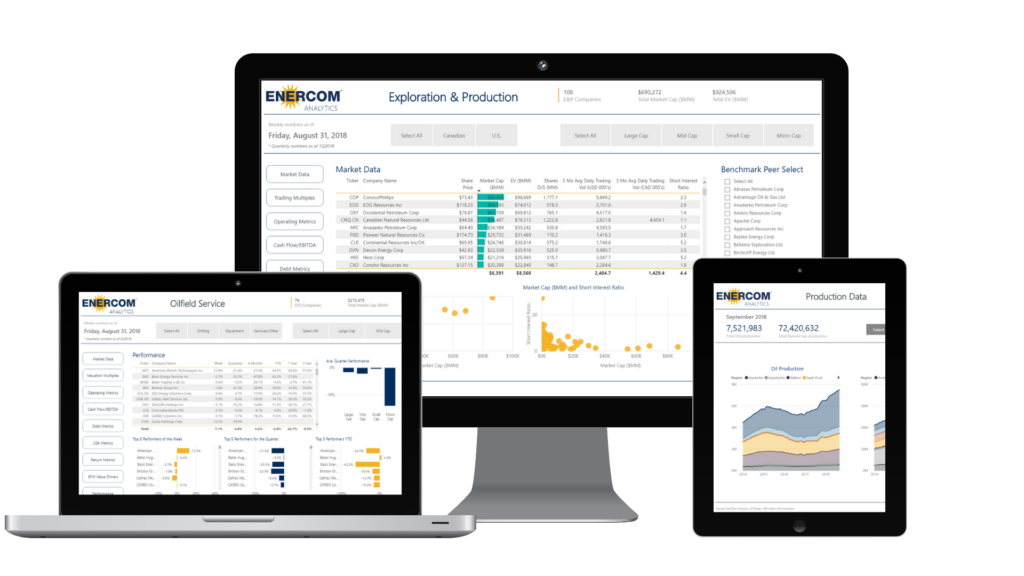The recently launched IBM-built Summit supercomputer was announced as No. 1 at ISC High Performance in Frankfurt, Germany. And the DOE has it. The U.S. Department of Energy’s Oak Ridge National Laboratory (ORNL) is the official home to what has recently been designated the fastest supercomputer in the world.
The designation recognizes the IBM-built system as the science community’s most powerful computational tool for solving problems in energy, advanced materials, artificial intelligence, and other domains, the DOE said.
The IBM Summit system reached a speed of 122.3 petaflops on the High-Performance Linpack benchmark test—the software used to evaluate and rank supercomputers on the TOP500 list. At its theoretical peak, Summit is capable of 200 petaflops, or 200,000 trillion calculations per second—about eight times more performance than its predecessor Titan.

DOE attributed the successful ranking of fastest supercomputer to “the combination of cutting-edge hardware and robust data subsystems,” which it described as an evolution of the hybrid CPU–GPU architecture successfully pioneered by ORNL’s earlier Titan supercomputer.
This is a major step toward the first U.S. exascale supercomputer—a system capable of a billion billion double precision floating point operations per second. The DOE’s goal is to have the first U.S. exascale supercomputer in operation by 2021, according to Energy Secretary Rick Perry.

“With Summit, researchers will be able to simulate and explore complex phenomena and obtain results in disciplines ranging from quantum materials and chemistry, advanced fission and fusion energy, to bioenergy and foundational biosciences, faster and in greater detail,” said ORNL Director Thomas Zacharia.
“In addition to traditional modeling and simulation, Summit will also serve as an artificial intelligence and deep learning behemoth, capable of analyzing massive amounts of data and automating critical steps of the discovery process,” he said.
Summit is the third ORNL system to be ranked No. 1 by TOP500, following in the footsteps of the Jaguar and Titan supercomputers. Jaguar ranked as the world’s fastest system in November 2009 and June 2010, while Titan held the title in November 2012.
For a journey back to the early days of the bleeding edge of the computer revolution, take a look at an IBM computer fact sheet that makes it even more stunning what the Summit can do for the U.S. Department of Energy, and how computing power has evolved.

The following is the text of an IBM Information Systems Division fact sheet describing an early desktop computer. IBM called it a “system unit.” IBM distributed the fact sheet to the press on August 12, 1981. (Source: IBM)
System Unit
| Size: | – Width – 20″, Depth – 16″, Height – 5.5″ |
| Weight: | – Without diskette drive – 21 lbs. – With one – 25 lbs. – With two drives – 28 lbs. |
| Electrical: | – 120 v. AC |
| Cycle Time: | – Main storage – 410 nanoseconds – Access – 250 nanoseconds |
| Memory: | – 40K built-in read only memory (ROM) – 16K to 256K user memory |
| Standard: | -Keyboard for data and text entry -Cassette player jack for cassette attachment -Five expansion slots for additional memory anddisplay, printer, communications and game adaptors -Built-in speaker for musical programming -Power-on automatic self-test of system components -BASIC language interpreter, 16K memory |
| Keyboard | |
| Size: | – Width – 20″, Depth – 8″, Height – 2″ |
| Weight: | – 6 lbs. |
| Keys: | – 83 full-function for data and text entry: includes 10 for numeric entry and cursor control and 10 special function for scrolling, editing, etc. – Easy access to 256 characters (ASCII and Special) |
| Keyboard: | – Adjustable typing angle – Detached from system unit and connected by six-foot cable for flexibility – All keys automatically repeat |
| Matrix printer | |
| Size: | – Width – 16″, Depth – 15″, Height – 4″ |
| Weight: | – 12.5 lbs. |
| Features: | – 80 characters-per-second printing – Continuous feed, multi-part paper – Self-diagnostic checks to assure proper operation – 12 type styles to suit various printing needs – Page spacing and column skip for word processing – Bi-directional printing for increased speed – 40, 66, 80 or 132 characters-per-line formats – Out-of-paper alarm – Replaceable ribbon cartridge and print head |
| Monochrome Display | |
| Size: | – Width – 15″, Depth – 14″, Height – 11″ |
| Weight: | – 17 lbs. |
| Display Functions: | – 25 lines of 80 characters on 11½” screen – Underlining, high intensity blinking characters and reverse image for highlighting information – Non-display for security data – Upper and lower case display for word processing Brightness and contrast controls for reading comfort |
| Diskette drive | |
| Number of diskettes: | – Up to two 5¼” diskette drives |
| Storage capacity: | – 160 kilobytes per diskette |
| Other options | |
| Communications: | Asynchronous communication line with data bases, other computers, laboratory instruments or other products using a standard RS-232C asynchronous adaptor |
| Games: | Permits user-supplied joy sticks and paddles to be connected to the system |
System Software
BASIC Interpreter — Based on the popular Microsoft Basic and offered in three versions — cassette, diskette and advanced.
The cassette level is included in the read-only memory of every system and provides input/output instructions needed to enter and retrieve data. It also supports use of the keyboard, display, light pen and printer and provides a full complement of editing and mathematical functions.
The diskette and advanced levels are optional. The diskette extension supports the use of diskettes, while adding date, time of day and communications capabilities to the system. The advanced extension enhances the display graphics to include features such as point, circle and get/put display, while increasing light pen and joy stick support for design work and home entertainment.
Disk Operating System (DOS) — DOS supports one or more diskette drives, allowing the user to write or read from the system’s removable diskettes, display a directory and rename, erase, display or copy files.
Pascal Compiler — This language compiler allows separate compilations of program elements for maximum system performance. In addition, it supports several programming features for advanced programming work.
CP/M-86* and UCSD p-System* — IBM has contracted with Digital Research, Inc. and Sof- Tech Microsystems, Inc. to make CP/M-86 and the UCSD p-System available for the IBM Personal Computer. We expect their availability will provide the opportunity for many current applications to be transferred to the IBM Personal Computer with minimal modifications.
Application Software
VisiCalc* is a problem-solving program package for financial or mathematical forecasting and computations. All data is arranged into a grid of up to 63 columns and 254 rows and interrelated so that users may create “what if” situations that will show the effect of one changed element on the remainder of the data. VisiCalc has vertical or horizontal scrolling, easy cursor movement and the ability to vary formats.
General Ledger by Peachtree Software, Inc. keeps detailed records of financial transactions and generates a balance sheet and income statement, providing timely information on a company’s financial status. It has “menu” instructions for its programs, password security, departmental income statements, and the ability to compare prior-year budgets.
Accounts Receivable by Peachtree Software, Inc. is a complete invoicing and monthly statement generating package that tracks current and old accounts. A complete record is maintained for each customer and the current status of each customer account is instantly available. A complete set of “prompts” allows inexperienced operators to make full use of the system with minimal instruction.
Accounts Payable by Peachtree Software, Inc. keeps track of current and old accounts, incorporating programs to maintain a complete record for each vendor and determines vouchers to pay by due date. It also will automatically print payment checks and maintain a check register.
EasyWriter* is a versatile, easy-to-use application that lets users process words and text quickly. EasyWriter functions are highlighted and prompted from menus listing all needed commands. Texts are maintained on diskette files which can be saved, retrieved, deleted, printed, revised, linked and appended. The simple text entry and text editor are combined with the flexibility of formatting to allow users with varied skill levels, from hobbyist to typist, to be productive quickly.
Microsoft Adventure provides the IBM Personal Computer with a role-playing fantasy game. The game setting is a vast network of caves beneath the earth and the land outside. The fantasy world contains 130 rooms or nodes, 15 treasures, 40 useful objects and 12 problems to solve. The program allows players to store the status of two games on a diskette. It will provide useful hints, instructions and feedback on a player’s progress.
Communications software allows users to access external data like Dow Jones News/Retrieval* and THE SOURCE* for information and to communicate with other computers. To enhance this communication capability with larger systems, IBM also said it intends to provide a full subset of 3270 emulation capabilities.


